|
|||||||||||||||||
|
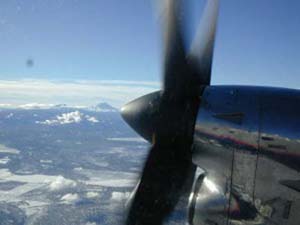 |
||||||||||||||||
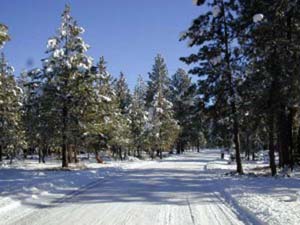 |
|||||||||||||||||
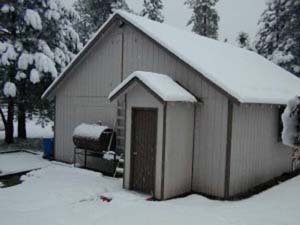 |
|||||||||||||||||
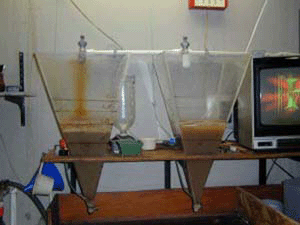 |
|||||||||||||||||
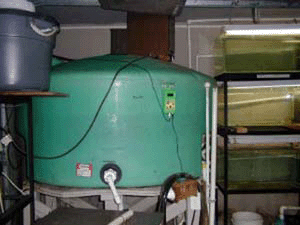 |
|||||||||||||||||
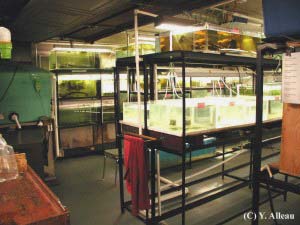 |
|||||||||||||||||
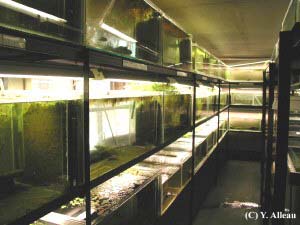 |
|||||||||||||||||
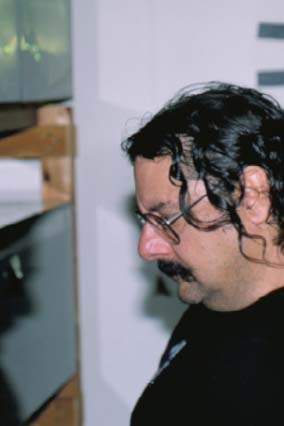 |
|||||||||||||||||
|
When People go to meet David, most of them will take the plane to travel to Oregon. From the air part of the secret of his success in breeding Neotropical Dwarf Cichlids becomes visible: the snow peaked tops of the cascade mountains including some impressive volcanos. |
||
|
Most people will know Mount St. Helen´s for its increadable blast in the last century, which had impacts on ecology and climate all over the northern hemisphere. But this is only one in a long chain of volcanos along the Rocky and Cascade Mountains. |
||
|
High above David’s home the snowy peaks of the Three Sisters are the guarantee for a constant flow of soft and clean water perfectly suited for the use in a dwarf cichlid hatchery. Outbreaks of these three volcanoes are also responsible for the perfect filtering material used in the hatchery: Most filters are run with volcanic gravel - taken right from the driveway in front of the hatchery. |
||
|
The plans for the hatchery itself have been created in cooperation with friends like Uwe and his wife Erika in the US and Europe. The purpose was to optimise the life situation for the Dwarf Cichlids, which is the base for regular reproduction in captivity, as well as to minimise the necessary efforts for water changes and cleaning of the tanks. |
||
|
The resulting reduction of time can directly be reinvested in the observation of new species or fish difficult to breed. It also should give the breeder enough space to handle fish and gear to reduce distress, for example when specimens have to be caught and bagged for shipping. |
||
|
The result of this planning process is a hatchery with more than 100 big spawning units and over 40 grower tanks filled with a total of about 8000 gallons of water. Enough space to breed and raise dozens of Apistogramma species and many other interesting Neotropical Dwarf fish. |
||
|
You may see most of the species actually produced in the SWDC-hatchery in our Picture Gallery on this site! |
||
|
David P. Soares during one of his regular visits in Germany, critically selecting breeding material from an East-German hatchery. Many specimens and species kept and bred in the SWDC-hatchery are originally imported from German sources. Most species of Apistogramma are first shipped to Europe long before they finally reach the USA. David and Uwe are therefore regularely exchanging fish. That´s why the Oregonian hatchery is amongst the most actual ones on the Northamerican continent and able to provide even extremely rare species to Apistogramma- and other Dwarf-Cichlid- enthusiasts. |
||











